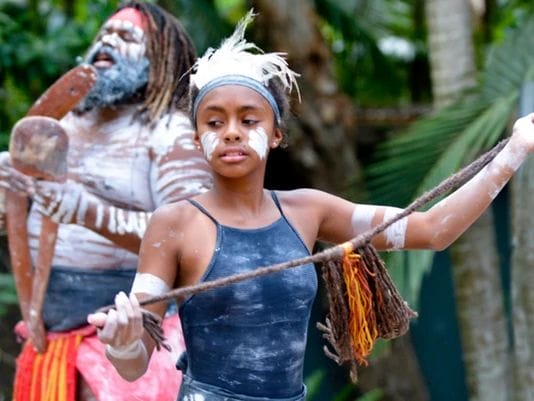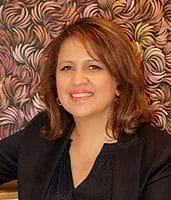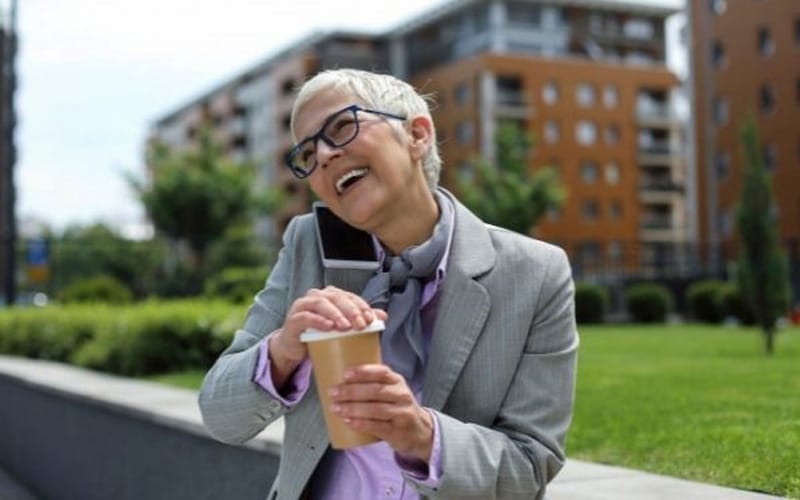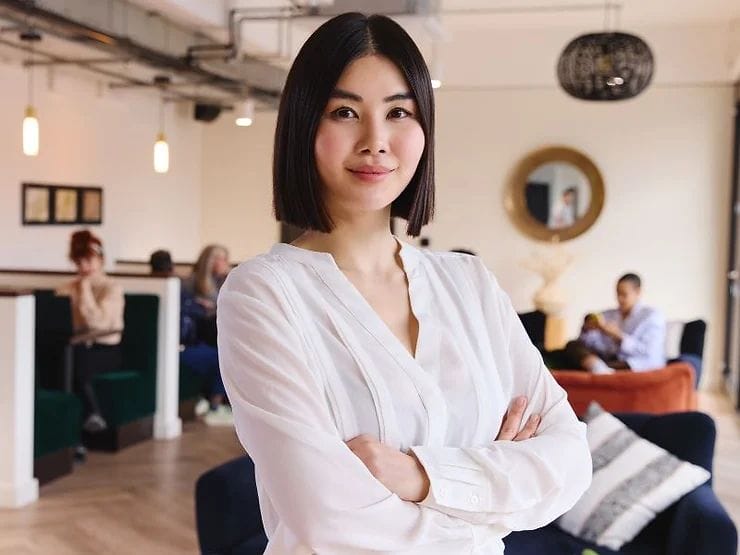This blog is part of our Expert Commentary series, bringing you insights into some of the unspoken challenges women face in the workplace, from experts with lived experience. The series explores a range of topics and perspectives to highlight the ways inclusive and compassionate leadership practices can benefit everyone
I distinctly remember as a young child, that I was surrounded by Indigenous women leaders. My grandmother, Ethel Saveka (nee Morrison) raised me and my twin sister from the time we were six weeks old. It was the early 1970s, and although the child removal policy was technically abolished, it was still commonplace for mixed race children, like my sister and I, to be removed by the state. We were very fortunate and blessed to have been raised by such formidable women as our Akas (grandmothers).
As children, we were always busy working, travelling, planning, preparing for events and cleaning. Endlessly cleaning up! My grandmother and many others in our large Torres Strait community in Cairns, North Queensland, were very industrious women. Many of the Akas like Maryanne Morrison, Serai Lowah and Mana Morrison had husbands working on the Coral Sea as Skippers and Captains of lugger boats with crews of young Torres Strait divers, hauling all manner of produce from the reef. Those elder women in our communities managed large and extended families for months on end without their husbands.
The Akas were always planning events and as a child, I never quite understood it. They worked together to bottle coconut oil and products made from palm leaves. I distinctly remember a childhood spent sat at the end of a coconut scratcher, grinding a half coconut against a metal comb jutting out from a small timber seat. The white flesh of the coconut would fall into a basin under the scratcher and this would either be scooped up for that evening’s meal or sent two doors down to Aunty Serai’s house. Needless to say, us kids were thin, from days, months and years of endlessly scratching coconuts.
Much later in life, I learned that all that coconut scratching was mainly to bottle coconut oil for sale to tourists and the money raised by our Akas would go towards purchasing more houses for the cooperative. My grandparents, Asera and Ethel Saveka were co-founders of that Indigenous business way back in 1975. Younger men in the community would regularly deliver palm tree branches, the fronds of which would be deftly removed and individually stripped, de-spined and cleaned. The spines of those leaf fronds would be bundled together to make ‘island brooms’ to whack the dust out of carpets and to sweep floors – far superior to modern vacuum cleaners. The stripped palm leaves would be piled up and distributed to other Akas and Aunties in the community to weave into baskets, hats, floor mats and ornaments, all products made for sale from our little community store. In fact, it was less store, and more home.
By 1975 and together with their relatives, my grandparents established the Kozan Housing Cooperative through the 1975 Indigenous Home Ownership Program (IHOP). They started with four little houses in a Bungalow.
When the men in the community were at sea, the women raised money to grow the little housing co-op through their micro-enterprises.
They produced cabaret nights with entertainment by ’The Grapevine’ a rhythm and blues band created by their sons. They sold hand sewn frangipani leis and coconut damper at Fun in the Sun festival stalls and they made traditional skin care oils, food and gifts that were sold to tourists and locals alike. The housing co-op created short-term accommodation for Torres Strait families often rejected from hotels and motels and it created long-term rentals for families rejected from real estate agencies. Today the co-op has its own headquarters and a portfolio of more than 30 houses.
The female leaders in my family were some of our earliest Indigenous women entrepreneurs. For my Aka Ethel Saveka, and her peers, an opportunity to sell coconut oils, frangipani leis and palm weaved mats turned into a housing cooperative that has sheltered disadvantaged families for over 46 years. Something for which we, as her descendants, are justly proud.As my elders did back then, and so many of us do today, Indigenous female leaders often work tirelessly without fanfare, taking every opportunity to keep families and communities alive, while simultaneously pivoting around all the barriers and challenges placed in our way.
My grandmother’s line today counts over 130 descendants across three generations – and ours is a small family in comparison to many Indigenous communities. Consequently, Aboriginal and Torres Strait Islander women often evolve naturally into leaders because of the sheer volume of offspring whose survival depends on their nourishment, nurturing, guidance and ultimately their survival instinct.
That First Nations custodians have survived for over 60,000 years is a testament, in part, to the strength and resilience of our Indigenous women leaders.
Yet today, more than any other demographic in this country, Aboriginal and Torres Strait Islander women bear the legacy of overwhelming disadvantage. We experience some of the highest rates of unemployment, discrimination in the workplace, financial abuse and domestic violence. Worst of all, Indigenous women today represent the largest cohort of prisoners in the country, comprising approximately 34 per cent of the total number of female prisoners, despite making up only two per cent of Australia’s total population.
For a demographic that has never mounted a brutal resistance, we remain disproportionately subjugated. Leadership takes many forms and for Indigenous women, we often draw strength from our many elders and ancestors who themselves have overcome seemingly insurmountable obstacles to leave a legacy or rather a template of success that we may followAccording to Wiyi Yani U Thangani (Women’s Voices) a report commissioned by June Oscar AO, Aboriginal and Torres Strait Islander Social Justice Commissioner since 2017, “… our women on the ground know what they are talking about, that they are leaders, survivors, teachers and healers. They carry with them a wealth of inherited, lived and learnt expertise….”
I’m more than convinced that empowering Indigenous women “on the ground” will be the single most disruptive innovation this country has ever seen.
Once we as a nation value that “wealth of inherited, lived and learnt experience”, once we as a nation, tap those rivers of innovation that continue to lie dormant through lack of opportunity, we as a nation can and will transform.
By Kat Henaway.
Kat is a Meriam/Mua Torres Strait Islander and German woman who has gained significant experience working in multinational organisations in Sydney, London & Edinburgh over the past 20 years. She has worked for some of the world’s largest private sector companies including Vodafone Hutchison, Arthur Andersons, ABN Amro, Société Générale, Ernst & Young and Freshfields Bruckhaus Deringer. In the public sector, Kat has worked for The City of Edinburgh Council, the UK Pensions Regulator, City of Sydney, UNSW and UTS. Kat gained a Bachelor in Community Management at Macquarie University and completed an Incubator Start-Up at the School of Social Entrepreneurs where she developed Blacademics.com, a website for Indigenous people navigating university. In the women’s development space, Kat worked with UN Women Sydney Chapter and is currently Board Director for Women for Election Australia. Her latest venture is Women’s Business, an enterprise that connects women of colour to leadership opportunities.
Kat is passionate about empowering marginalised women.






